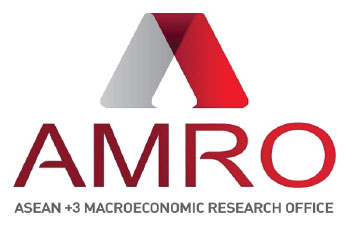The quantitative easing policy adopted by the advanced economies since 2009 has led to an abundance in global liquidity. In the same period, the ASEAN-5 economies (Indonesia, Malaysia, the Philippines, Singapore and Thailand) have recorded strong capital inflows, particularly portfolio inflows.
The asset prices, in particular, the house prices of these economies, have also experienced excess buoyancy. In this paper, the relationships among global liquidity, house prices and capital flows are studied. Empirically, capital inflows have a positive effect on the residential house prices of Indonesia, Malaysia, the Philippines and Singapore. After accounting for their own domestic demand (by using real GDP growth as a proxy), the capital inflows still have a positive impact in Indonesia and Singapore. The authorities of these economies have implemented similar macroprudential measures to safeguard financial stability and cool down speculative activities. The effectiveness of the measures is mainly the reduction in the transaction volume.
The paper was first published on the International Real Estate Review (2017 Vol. 20 No. 1: pp. 105– 126). The authors are Matthew S. Yiu of Hong Kong Monetary Authority, and Sahminan Sahminan of Bank Indonesia; both were staff of AMRO when the paper was prepared.
Authors: Sahminan Sahminan, Siu Fung (Matthew) Yiu
